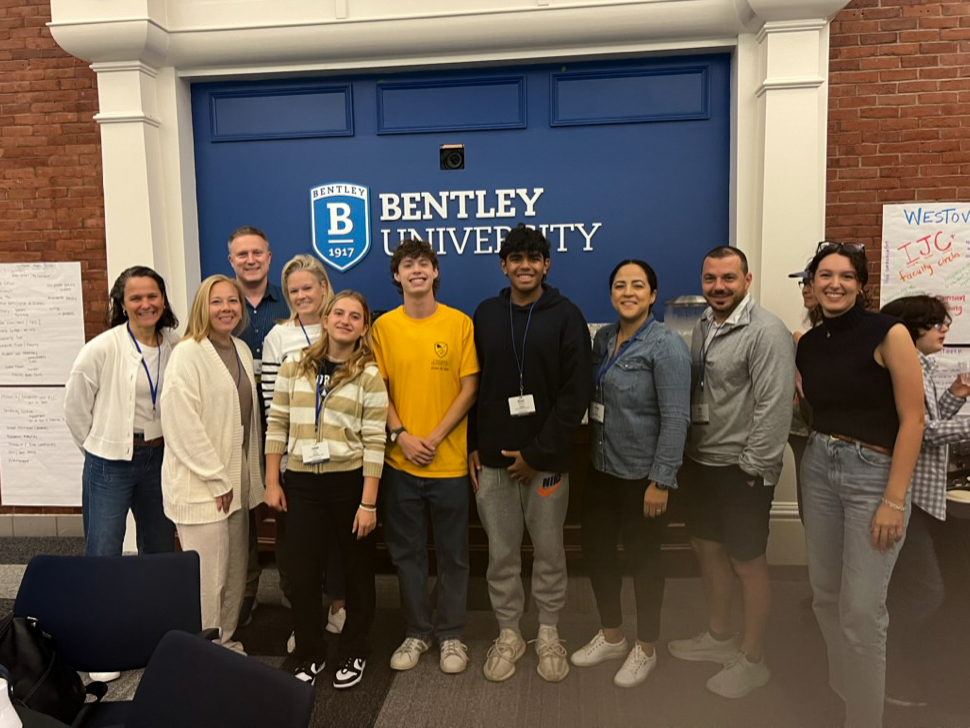Since January 17, Mr. James Yanelli, Director of Student Activities, has sent out weekly emails providing information concerning every dorm’s energy consumption. This information stems from Choate’s participation in an energy conservation competition known as the Green Cup Challenge. This five-week competition promotes conservation, where each dorm on campus’ energy consumption is measured and compared to their previous week to see if there was an increase or decrease. This challenge is run by Ms. Katrina Homan, Director of Sustainability and a science teacher at Choate, and the student C-Proctors here on campus.
This challenge did not originate here at Choate. The Green Cup Challenge began in 2003 at Phillips Exeter Academy as a dorm-to-dorm competition. Green Cup was quickly adopted by two other schools in 2005: Northfield Mount Hermon and The Lawrenceville School. The competition later expanded to the Eight Schools Association in 2007. The challenge itself was then managed by all of the schools before being handed over to the Green Schools Alliance several years later. The Green Schools Alliance is an organization that emphasizes connecting students and schools to lead to a sustainable future. Today, the Green Cup Challenge is an international competition that focuses on energy conservation and raising awareness about climate change.
The standard Green Cup Challenge is a four-week long competition, though here at Choate, it lasts for five weeks. Ms. Homan explained, “The reason behind the Green Cup Challenge being at least four weeks is because anything that you do for 21 days can become a habit.” Ms. Homan continued by explaining how flexibility was given to the C-Proctors in deciding how long they wanted the challenge to be. C-Proctor Riley Choi ’18 commented, “I think five weeks is a good amount of time for people to be really aware of their habit. So, we decided to just extend it a week longer than other schools.”
The energy that is measured in the Green Cup Challenge is electricity usage, which varies in dorms with different heating systems. The three systems that dorms fall under are hot water radiation, steam radiation, and a hot water fan unit. The hot water radiation systems have electric pumps, but no fans. The steam radiation systems have neither electric pumps nor fans. The hot water fan unit systems consist of both electric pumps and fans. These differences lead to different energy conservation methods that vary in effectiveness in certain dorms. All of these different types of energy consumption are measured by Mr. Steve Cahoon, Manager of Energy Systems and Project Management. Mr. Cahoon is able to take the measurements for a number of dorms through his computer, though for smaller dorms, like senior dorms that are houses, Mr. Cahoon goes out to take their reading on a weekly basis.
As the years have gone on doing this challenge, Ms. Homan and the C-Proctors have made numerous efforts to add new elements to the challenge. Ms. Homan said, “Since we have been doing the Green Cup Challenge for many years, we try to think of ways we can make it new and different every year.” The C-Proctors have aided with this by looking in to a specific component of energy conservation for each week of green cup, with the weekly themes for this year being different from last year.
The first week was about electricity here at Choate, specifically the three heating systems that exist on campus. Posters about these three different systems can be seen in the College Counseling hallway and between St. John Hall and the Dining Hall. The second week was about electricity at home, which tailored towards day students, who could send in fifteen second-or-less videos about conserving energy to the C-Proctor Instagram. The third week concerns the KEC, and there are additional posters in that same hallway about the building and some of its features. The fourth week was about technology upgrades here at Choate — for example, LED street lamps, LED lights in the dining hall, or the solar panels at the KEC. The fifth and final week is about different inventions in energy conservation around the world.
The overall goal of this competition is to make students and faculty alike more aware of how they’re using electricity and of energy consumption in general. The world’s energy sources which Ms. Homan referred to as a savings account, are becoming depleted; she explained, “What if someone took money out of your savings account for things that really weren’t necessary? Why leave the lights on that are using the electricity when you’re not there?” Ms. Homan continued, “We’re not going to earn anymore.”
When asked about the single most important way in which students could reduce their energy consumption, C-Proctor Matt Aguiar ’18 said, “Being vocal about it; to step up when you see someone doing something wrong or, not wrong, but wasteful. Be able to talk about it.”




